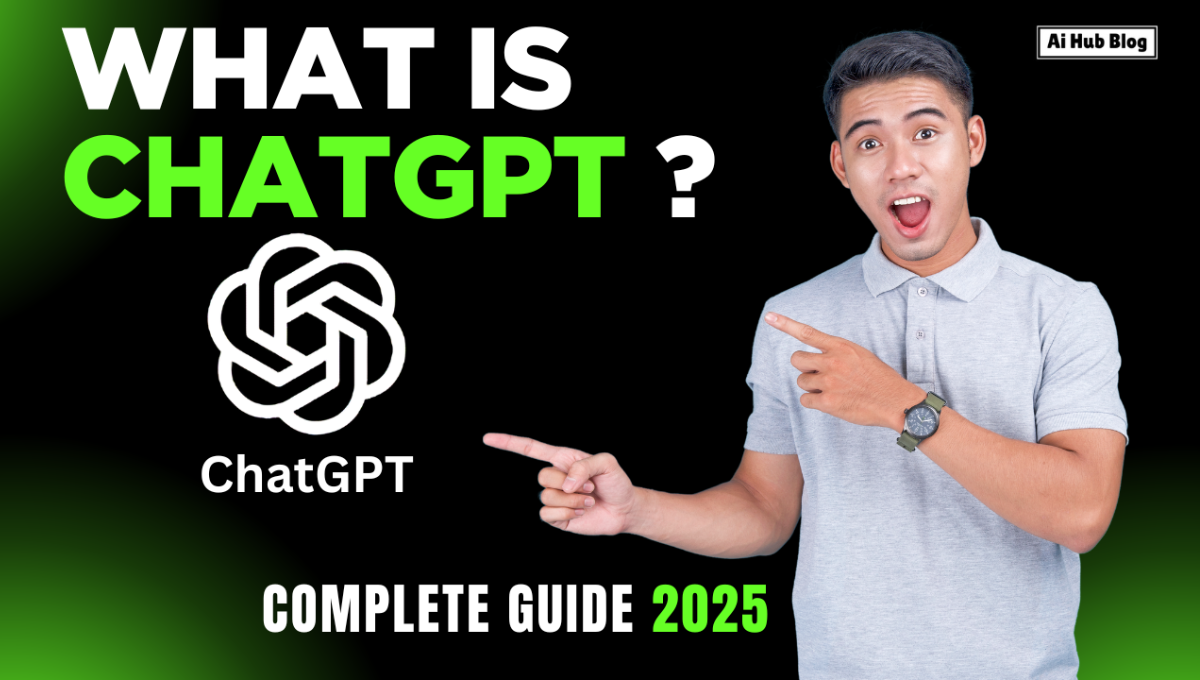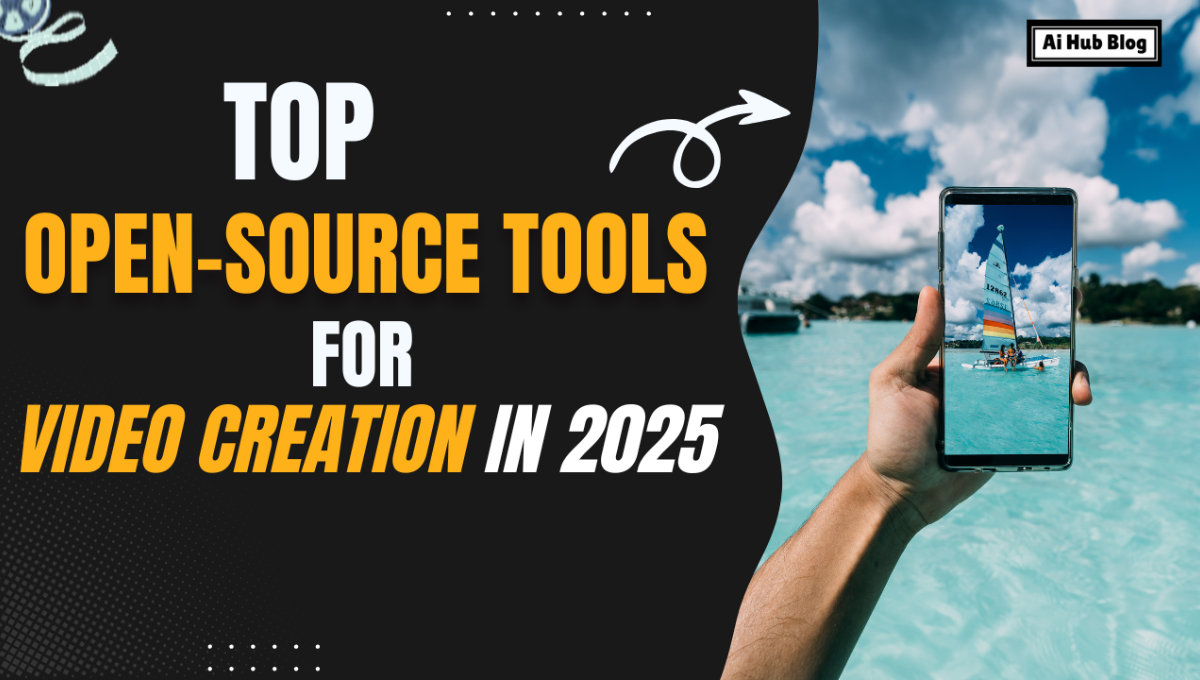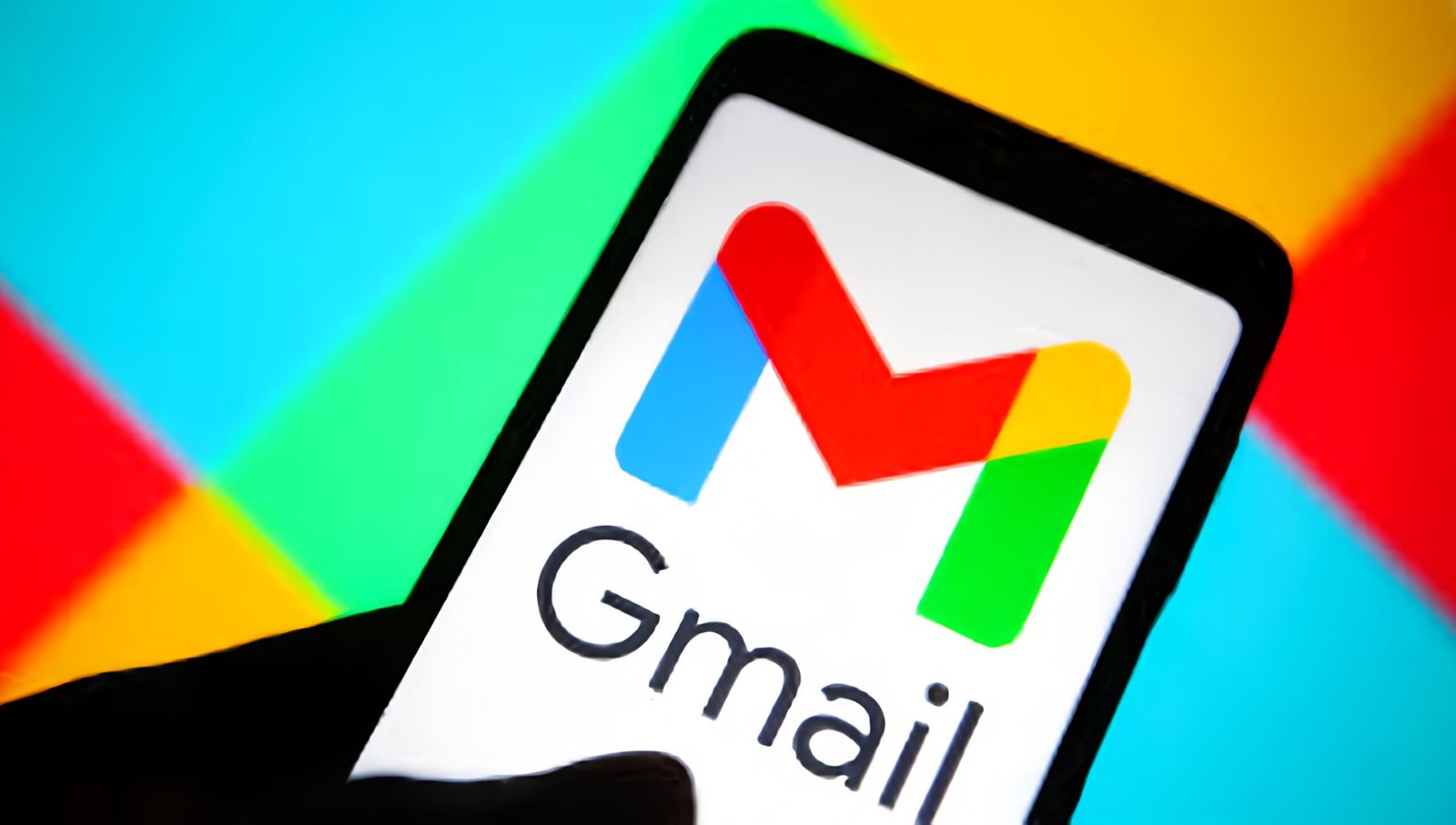Overview:
ChatGPT is a sophisticated language model developed by OpenAI that can understand and generate text that feels natural and human-like. It is designed to assist in conversations, answer questions, draft content, and even write code, making interactions smooth and context-aware.
Built on transformer neural networks, ChatGPT predicts the next word in a sequence based on patterns learned from large datasets of text and code. While it can generate intelligent responses, it does not actually think or possess awareness—it operates purely through algorithms and statistical patterns.
What is ChatGPT?
ChatGPT is an AI-powered assistant designed to generate text, answer questions, write code, summarize information, and engage in natural conversations. It is built on OpenAI’s GPT models and accessed through a chat interface. The term “GPT” stands for Generative Pre-trained Transformer, which means it is a transformer-based language model trained on extensive text data and then fine-tuned to handle interactive dialogue.
How ChatGPT Processes Information
Tokenization and Embeddings: Text is divided into smaller elements called tokens, which are then converted into embeddings. These embeddings capture context, meaning, and structure to help the model understand your input.
Self-Attention Mechanism: The model uses self-attention to track relationships between words across sentences, allowing it to understand context over extended text.
Generating Responses: ChatGPT produces text token by token, predicting each next word using patterns it has learned. This gradual process ensures coherent and contextually relevant outputs.
Training and Fine-Tuning
1. Pre-training: The model learns patterns of language from massive datasets, including text and code, optimizing its ability to predict the next word across billions of examples.
2. Supervised Fine-Tuning: Human examples guide the model to follow instructions and behave in a helpful, safe, and coherent manner.
3. Reinforcement Learning from Human Feedback (RLHF): Human evaluators rank model outputs, and the model is trained to favor responses aligned with user preferences, making it safer and more effective.
Capabilities and Strengths
-
Writing and Q&A: ChatGPT can draft essays, summarize information, answer questions, and generate creative content.
-
Programming Assistance: It can write, debug, and explain code, improving accuracy on complex programming tasks.
-
Multimodal Interaction: Certain versions handle images, audio, and text, allowing richer interactions.
-
Advanced Models: Versions like GPT-4o handle longer contexts, nuanced instructions, and support function calls and web retrieval.
Limitations to Keep in Mind
-
Hallucinations: ChatGPT may produce incorrect information confidently. Verify facts from reliable sources.
-
Knowledge Cutoff: The model’s knowledge is limited to the data it was trained on, and real-time updates may not be available.
-
Biases and Misinterpretation: Outputs can reflect biases in training data and may misread ambiguous prompts.
Tips for Better Results
-
Provide clear instructions, context, and examples.
-
Ask step-by-step questions or request structured outputs.
-
Verify important data from authoritative sources.
-
Use iterative prompts and feedback to refine responses.
Final Thoughts
ChatGPT showcases some of the most advanced capabilities in natural language generation. While highly useful, it is not a perfect solution and still requires human oversight to ensure accuracy. OpenAI continues to improve the model, expanding its potential to transform how people interact with technology.
Frequently Asked Questions (FAQs)
How does ChatGPT work?
It uses a transformer-based model to predict the next word in a sequence, interpreting context and generating human-like responses.
Who developed ChatGPT?
OpenAI, a research company dedicated to creating advanced and safe AI technologies.
What does ChatGPT stand for?
Chat Generative Pre-trained Transformer, indicating it’s pre-trained on large datasets and fine-tuned for conversation.
Does ChatGPT think like a human?
No. It does not have consciousness, emotions, or awareness. It generates responses purely based on learned patterns.
Is ChatGPT always accurate?
No. While highly capable, it can sometimes provide outdated or incorrect information. Always cross-check important details.
Also Read:
OpenAI Offers One-Year Free Access of ChatGPT Go to all users in India
Adobe Enhances GenStudio, Allowing Brands to Create Custom AI Models for Advertising
Reliance Jio 5G Users to Receive 18 Months of Free Google Gemini AI Pro Access Worth ₹35,100
OpenAI’s Budget-Friendly ChatGPT Go plan expands to 16 new countries















